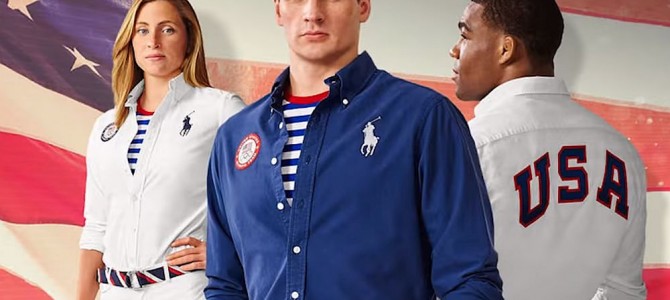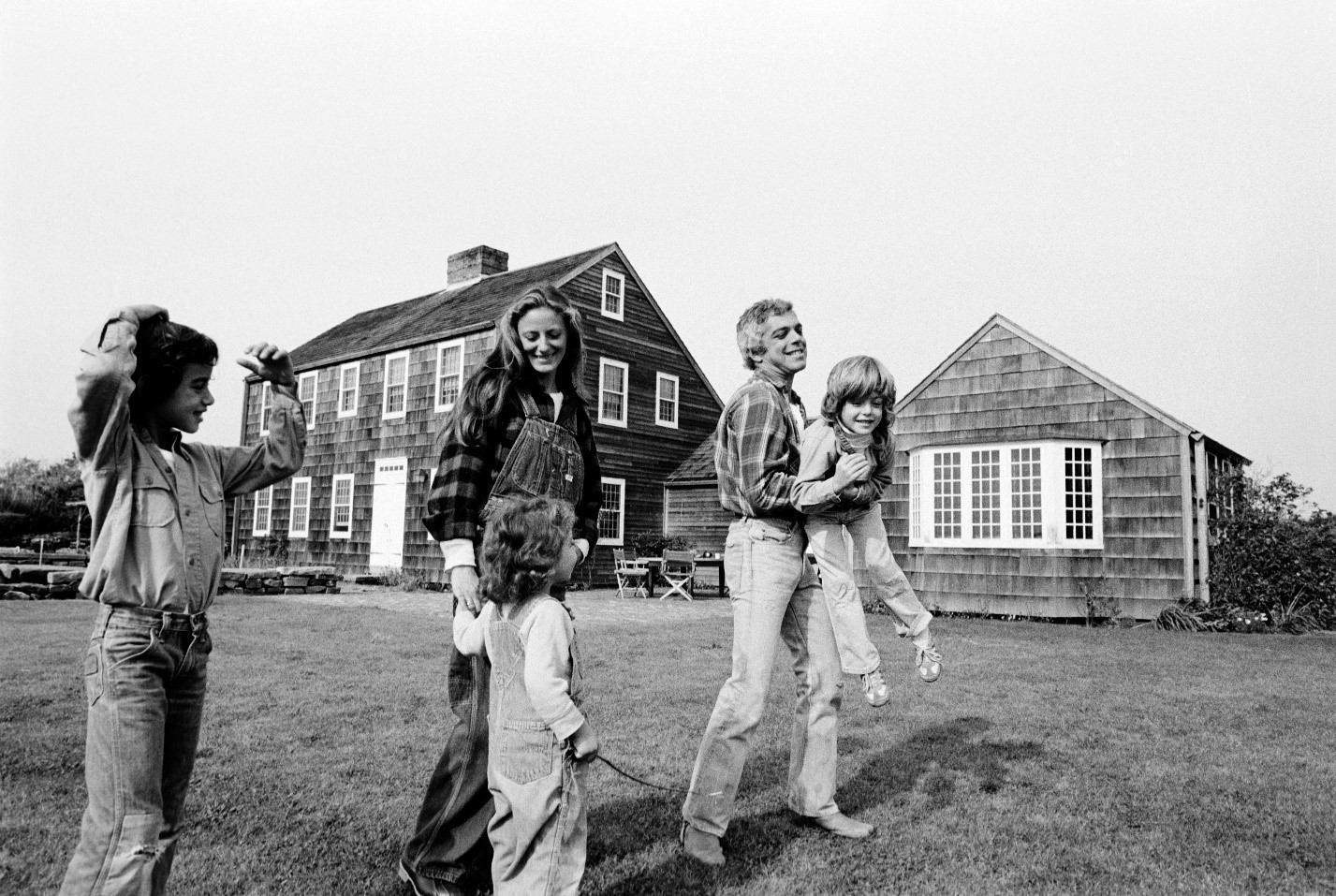
The 2016 Olympic Games in Rio present American viewers a plethora of international fashion, from uniform to athletic attire. The opening ceremony presented an international aesthetic pageantry of colors and cultures representing hundreds of countries around the world.
The fashion industry is taking note. Magazines around the world have featured Olympian athletes, and as Business of Fashion reports, this integration of fashion and athletics “comes at a time when athleisure is dominating casualwear; the fashion industry is increasingly hybridising with health and fitness; and fashion’s ideal female body type is being redefined as the more toned, svelte physique.”

“When done well,” writes Veena McCoole, “fashion magazines have the potential to capture the resilience of athletic achievement and marry it with powerful imagery of equally ambitious sartorial prowess.”
If the Olympics focus on the athletic achievements of the human body, why should such a high standard of dress and grooming for performance be relevant? “These outfits are supposed to represent the national character in some way. You can think of them as a folkloric pageant costume that represents American-ness,” writes Slate. This representation of national character extends into the uniforms—red, white, blue, and crystal star-studded leotards used to represent the United States; an elegant, light blue glimmering one for Argentina.

Given the attention to detail and full aesthetic integration of the appearance of American athletes at the Olympics, why should the attire in our professional spheres be any different? The common argument for relative aesthetic standards is that the focus of any activity should be on the activity itself, the merits of the human mind for intellectual work, and the practical usefulness of uniforms for more physical or mechanical work.
I’ve heard this argument time and time again from fellow Washingtonians. When I complained about the aesthetics of certain politicians, I met hostility: “The focus should be on their mind, not their appearance,” I was told.

The Olympics proves this wrong. If the focus ought to be on the performance of the gymnasts alone, a crucial aspect of the performance would be missing. There are both practical and aesthetic reasons why the female gymnasts wear their hair and uniforms in a particular way; both form and function are important. In this age of aesthetic relativism, events like the Olympics are among the last bastions of aesthetic standards in professional performance.
Yet aesthetics plays an important role, from athletics to politics. An example of the power of glamour can be found in the life of American designer Ralph Lauren, who designed the American attire for the opening ceremony. The outfits Lauren designed this year—red, white, and blue striped shirts, navy jackets, and aesthetically integrated boat shoes—were a symbolic slice of Americana.

To some, the uniforms came across as a dated WASPy prep style from the 1980s. Yet if you dig a little deeper, Ralph Lauren is a symbolic choice. The iconic Polo Ralph Lauren brand came out of an aspirational vision of American glamour and affluence from a poor New York kid who dreamed of something bigger.
Born Ralph Lifshitz, Lauren changed his name (for obvious aesthetic reasons) and got his start in fashion by working at Brooks Brothers in New York City. Lauren is an aesthetically integrated American designer. The illuminated USA on the back of the flag-bearing Michael Phelps was an aesthetically integrated bridge between the old-school Americana of Ralph Lauren and the spirit of innovation that is so iconic to the American dream.

Fashion magazines from Vogue to Elle are featuring female athletes on their covers and across their centerfolds. “These editorials are a testament to the increasingly interconnected nature of sports and fashion,” writes McCoole.
The Olympics is an event that aesthetically integrates glamour and athletics. It presents to everyday Americans an aspirational vision for the human body’s capabilities. The costume is not irrelevant to the art of the sport. The ritual of the sport and influence of the games on the fashion industry tells us that fashion and ceremonial pageantry serves a purpose, and it goes beyond merely shallow aesthetics.
“The depoeticizing of the space we inhabit,” writes Dietrich von Hildebrand in his forthcoming “Aesthetics,” “goes hand in hand with a lack of interest in adequate external expression, and with a loss of the meaning and value of the ‘forming’ of our life.”
To treat fashion and aesthetics as mere afterthoughts or detracting to the full expression of the human form is to depoeticize the human experience. That’s because aesthetics, from beautiful attire to an elegant athletic performance, adds meaning and value. Beauty forms our life. For most, it’s “victory of comfort and usefulness over beauty.” The Olympics represent a victory of the integration of comfort, usefulness, and beauty. And that’s quite an achievement.










